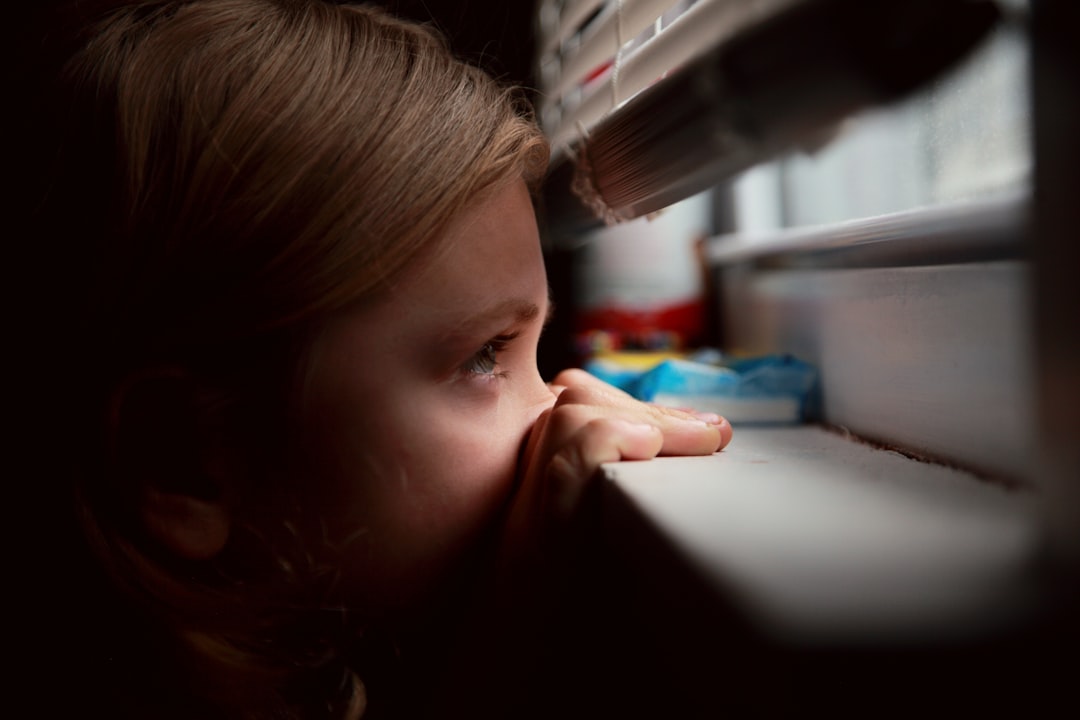As a new homeowner, one of the top priorities on your list should be childproofing your home. Creating a safe environment for your little ones is crucial to prevent accidents and injuries. From curious toddlers to adventurous preschoolers, children have a way of finding trouble in the most unexpected places. In this comprehensive guide, we will explore the essential steps to childproofing your home to keep your kids safe and give you peace of mind.
1. **Assess Your Home**
Begin by conducting a thorough walk-through of your home to identify potential hazards. Get down on your hands and knees to see your home from your child’s perspective. Look for sharp edges, small objects that can be choking hazards, uncovered electrical outlets, loose cords, and unsecured furniture.
2. **Secure Furniture**
Tall and heavy furniture items pose a tipping hazard to young children. Secure bookshelves, dressers, TV stands, and any other furniture that could tip over with furniture straps or anchors. Ensure that heavy items are placed on lower shelves to prevent them from falling.
3. **Install Safety Gates**
Safety gates are essential for blocking off staircases and restricting access to certain areas of your home. Install gates at the top and bottom of staircases, as well as in doorways to rooms that are off-limits to your children.
4. **Cover Electrical Outlets**
Electrical outlets are eye-catching for little ones but can be dangerous if tampered with. Use outlet covers or safety plugs to prevent children from inserting objects into the sockets. Consider using sliding outlet covers for outlets that are frequently in use.
5. **Childproof Doors and Windows**
Install door knob covers to prevent children from opening doors to hazardous areas such as bathrooms or basements. For windows, use window guards or stops to prevent falls. Keep furniture away from windows to discourage climbing.
6. **Secure Cords and Cables**
Keep cords and cables out of reach of children to prevent strangulation or tripping hazards. Use cord organizers to secure window blind cords and keep them out of reach. Secure cords from electronics such as TVs and lamps.
7. **Store Hazardous Items Safely**
Household cleaners, medications, and other potentially toxic substances should be stored out of reach and in locked cabinets. Consider installing childproof locks on cabinets and drawers to prevent access to dangerous items.
8. **Prevent Burns and Scalds**
Set your water heater to a safe temperature to prevent scalding. Use stove knob covers to prevent children from accidentally turning on burners. Install stove guards to prevent access to hot pots and pans.
9. **Eliminate Choking Hazards**
Small objects such as coins, buttons, and toys with small parts can pose a choking hazard to young children. Keep small items out of reach and regularly inspect toys for loose parts. Be mindful of foods that are choking hazards, such as grapes and hot dogs.
10. **Supervise and Educate**
While childproofing your home is crucial, proper supervision and education are equally important. Teach your children about household hazards and set clear rules for safety. Always supervise young children, especially around water, in the kitchen, and near stairs.
Childproofing your home is an ongoing process as your child grows and develops new skills. Stay vigilant, update safety measures as needed, and seek advice from childproofing experts if you have specific concerns. By implementing these essential childproofing steps, you can create a safe and secure environment for your children to thrive in your new home.
Photo by Unsplash

